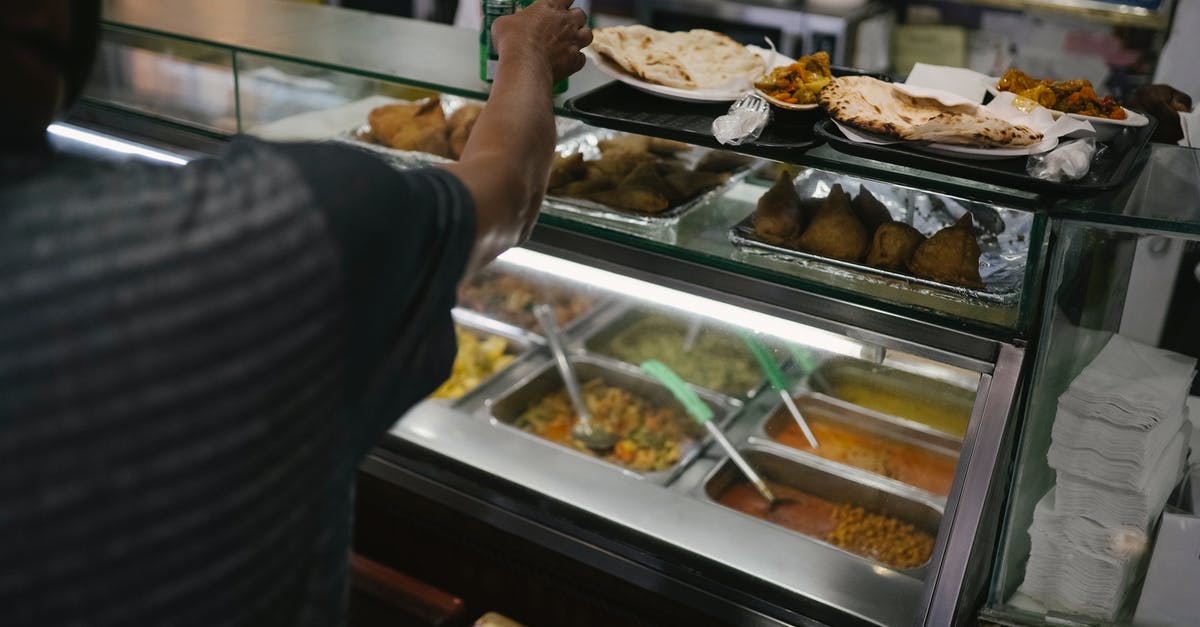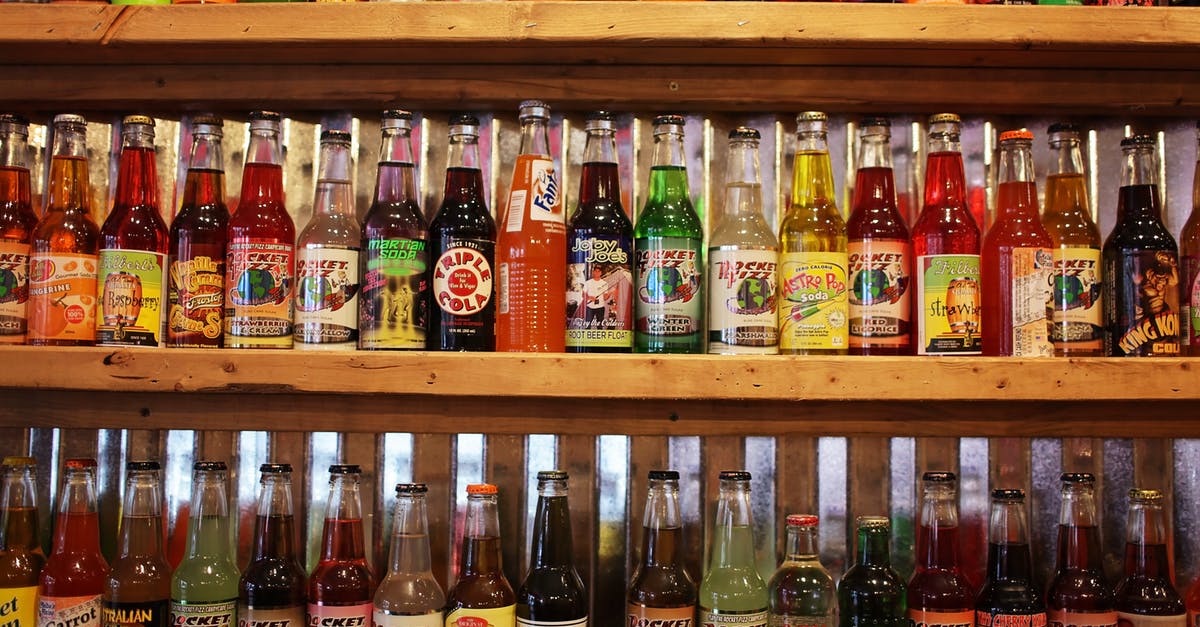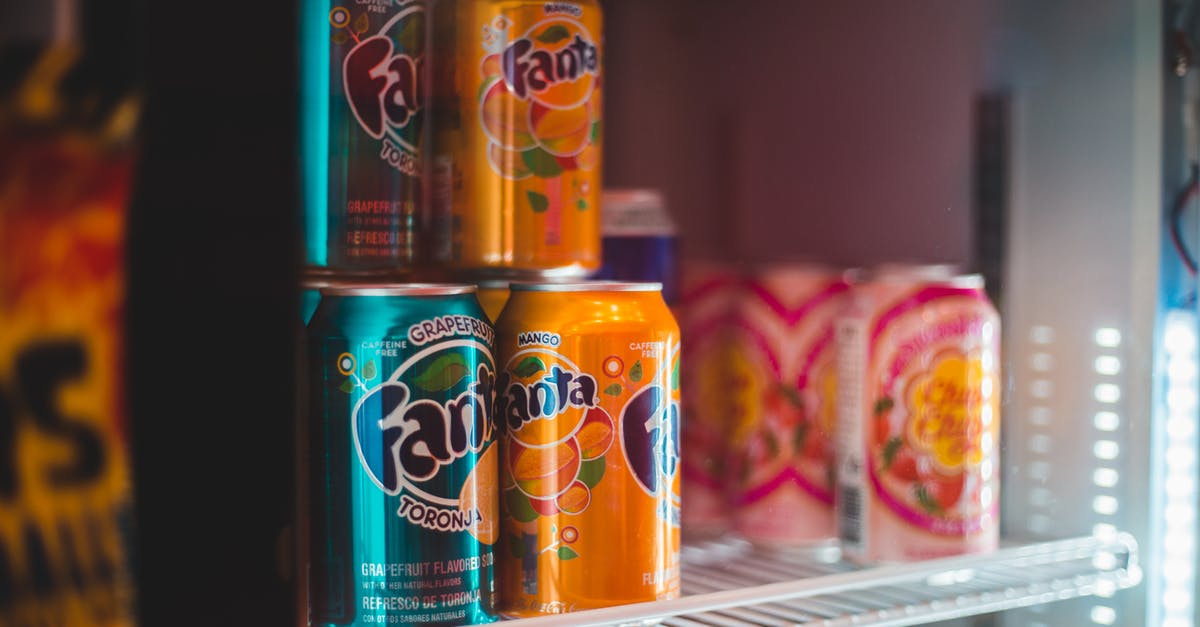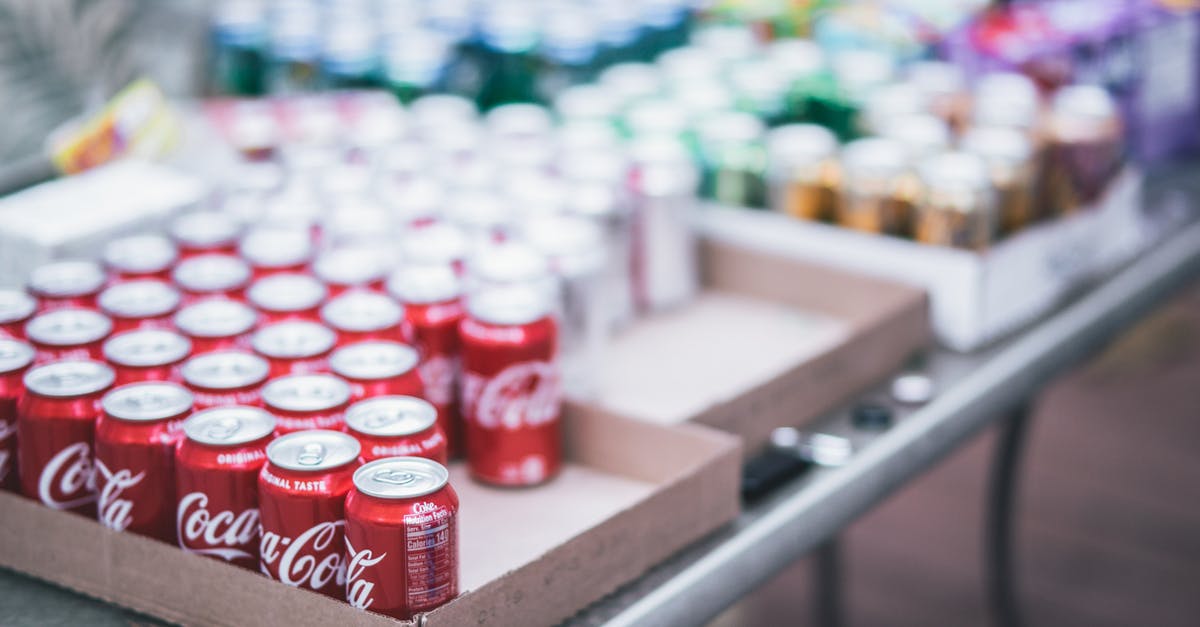How to carbonate a drink?

How do I carbonate a drink that originally isn't carbonated without altering its taste or the process taking more than a few hours? I've seen some methods that use yeast, but that requires about two days and the taste changes, so that won't do.
Best Answer
How to do it - practical advice
You need a machine for carbonation. There are different brands. You buy cartridges with gas for them, put the bottle with the drink in the machine with the loaded cartridge, and press a button a few times. The drink is then carbonated.
I there are also combined whippers/carbonators which can alternatively take a nitrous oxide cartridge to make foams. This is too complicated and unnecessary if all you need are carbonated drinks. If you are like most people out there, you want the simple system which just carbonates.
Update: Some more words on what forms of carbonation are available
Carbonation is a process in which you get CO2 bubbles dissolved in a liquid. The gas doesn't stay dissolved for a long time, it starts "seeping out" of the liquid, forming tiny bubbles, which rise through the liquid, giving a prickly feeling on your tongue when they reach it.
You can get the gas into the liquid by three general classes of methods: add an organism which produces CO2 (biological method), add a compound which reacts to produce CO2 (chemical method), or add the gas directly (physical method).
Adding yeast is a biological method. Yeast metabolizes parts of the drink, and releases CO2 as a byproduct. This needs time for the yeast to live enough to produce enough waste gases, and it indeed changes the taste, as the yeast eats up some nutrients itself, and releases other byproducts beside CO2. These disadvantages are common to all biological methods, no matter which kind of microorganism you choose.
You could also use a chemical method. It also changes the taste, as compounds within the drink are used up in chemical reactions, and there are also products beside the CO2, which have a taste of their own. A further problem is that you can't get much gas produced that way, and what you produce dissipates very quickly. So, it is not advisable to carbonate drinks using chemical methods.
The third way is the physical method. You don't produce CO2, but add existing CO2 into the drink. Normally, if you just bring a drink and CO2 gas together, the gas won't dissolve. What you need to make this work is to release CO2 into the liquid under pressure. The instrument which does this is a soda-making machine; it gets a cartridge of CO2 under pressure. When you push the button, the cartridge is opened, and the pressurized gas escapes from the cartridge into the drink, where it gets dissolved. This is the easiest method of the three, and has no disadvantages beyond the investment in a machine and cartridges. There are inexpensive machines for home use, so it is what I advise you to use.
Manufacturers sometimes combine machines which can expel CO2 from cartridges with machines which can expel NO from cartridges. Expelling NO is used for whipping foams, e.g. creating whipped cream. The whipped cream spray bottles in the supermarket are a simplified version of such machines, which cannot be reloaded.
While the construction of CO2 expelling machines and NO expelling machines is similar enough that it makes sense to combine them in a single body, the use cases for CO2 use and NO use are very different. If you only want to carbonate, a CO2 machine is sufficient.
Pictures about "How to carbonate a drink?"



How do you carbonate a drink without a machine?
Can you carbonate any drink?
Theoretically, you can carbonate just about any liquid. Just keep in mind that some things do carbonate better than others, and some will fizz faster than you can screw the bottle back into the SodaStream.How do you carbonate homemade drinks?
In short: take some yeasty liquid, add some sugar and keep it bottled under increasing pressure until it's about to explode. The second method is forced carbonation. This involves filling a strong container with your drink, plus carbon dioxide.What does it mean to carbonate a drink?
Soda being poured into a glass. Carbonated beverages are drinks that include carbon dioxide dissolved in water. The presence of this gas creates bubbles and fizzing in the liquid. Carbonation can occur naturally underground or artificially, through pressurizing.How to carbonate and bottle cocktails at home
More answers regarding how to carbonate a drink?
Answer 2
Wilds of Russia? If you have dry ice, just adding pieces of it (chopped small) to your drink will work to some extent. Here's a vid: How To Make Soda With Dry Ice Be aware that not all dry ice is food grade. If no dry ice, you can get by with sodium bicarbonate (baking soda) and vinegar (acetic acid), or some other acid. Just mix the two chemicals, and bubble the resulting gas through your drink. Here's an Instructable, w video: Carbonating: The Cheap and Easy Way. It'd be easy to improve on the kid's method, for example by adding a bubbler stone, but the general principles are sound. Either method will cause some change in your liquid's taste, as you're lowering the pH by generating carbonic acid, but that's true of any carbonation scheme.
Answer 3
I think the other answers already covered most of what we need to know, but I'm going to add some additional perspective with mine.
All you need to do is get carbonic acid in the water somehow (which can happen when carbon dioxide is being released by such as the biological, chemical, or physical methods outlined in rumtscho's answer). This can be enhanced by pressure. Maintaining pressure (enclosing the container) while some of this is going on can increase the carbonation (but it can also be dangerous and cause explosions, and if you're using dry ice, it can be illegal if it explodes and/or is meant to explode). That's why people burp ferments, or use airlocks on their ferments (so they don't explode). However, the increased pressure should often lead to increased carbonation. If there's no carbonation in a ferment, there probably wasn't enough pressure with the CO2 build-up. But, I digress, as fermentation is a slow process.
Here's a fast and easy chemical method (and while it actually does change the taste a bit, I think in this particular case, the taste is an improvement, which is why I deign to mention it--since I think that's in keeping with the spirit of your question):
- Take some cold Great Value orange juice. (I've only ever used the calcium fortified kind for this purpose, so far.)
- Add baking soda (maybe add about a half a teaspoon, or less, for a quart of OJ).
- Stir thoroughly for thirty seconds to a minute.
- Enjoy. It's carbonated, and it tastes great. Seriously. See the notes below.
Oranges are already kind of bitter (even if you don't notice it); bitterness of the baking soda isn't noticeable unless you add more baking soda than is required to carbonate it (but even if you add too much, it just tastes like particularly bitter citrus tastes). If you add a desirable amount of baking soda, the orange juice doesn't taste more bitter: It makes it taste creamier instead.
I imagine if you contained the beverage to build up some pressure while you were mixing in the baking soda, then it might carbonate even more. But, it's sufficiently carbonated as is, in my opinion.
You can expect some orange juice to foam a bit after about 45 seconds of stirring. Not all orange juice will foam. Foam isn't necessary for carbonation.
To make club soda (via the same chemical method), you can do this:
Ingredients:
- Cold water
- Citric acid (ascorbic acid works, too, and it spits more, but I think citric acid makes a tastier soda that feels better on my system); add enough citric acid to make the water resemble restaurant lemonade in taste potency
- Baking soda (about the same amount as with OJ)
I think it tastes better, and less bitter, than store-bought club soda (and more carbonated than most I've tried). You can make it as carbonated as you want, pretty much, depending on how much citric acid and baking soda you add. Getting the right ratio of citric acid and baking soda is important (if all of it is involved in the reaction, it should be less bitter than if there's some left-over baking soda that didn't react). If it's too bitter, you might try adding more citric acid (or less baking soda next time).
Of course, you could switch out water with pretty much any beverage (but depending on what the beverage is, it might get an unpleasant taste). So, you need to use the right kinds of juices or what-have-you, if you want to avoid the flavor concern. Yes, you could add additional citric acid to orange juice, if you want to get more carbonation.
Citric acid and baking soda produce a fine carbonation (the bubbles are smaller, but they're still there, and they still make the tongue and throat tingle, and promote burping; it doesn't make me burp quite as much as store-bought soda, per amount of carbonation, but it does make me burp, and it does make the tongue/throat tingle just as much).
I've only ever consumed these chemically-created soft drinks directly after creation. I can't say whether they remain carbonated after long periods in the refrigerator (maybe if you put them in a soda bottle with a tight lid).
Keep in mind that baking soda (sodium bicarobate) contains sodium, although it is less sodium than table salt (sodium chloride) contains.
I imagine you could use potassium bicarbonate instead of sodium bicarbonate (but I haven't tried or tasted that).
Anyway, so my answer doesn't work with all beverages, but it is a fast way to make delicious soft drinks out of some beverages.
Note that baking soda is alkaline and will raise the pH of orange juice.
Sources: Stack Exchange - This article follows the attribution requirements of Stack Exchange and is licensed under CC BY-SA 3.0.
Images: Tim Samuel, Leah Kelley, Erik Mclean, Craig Adderley
